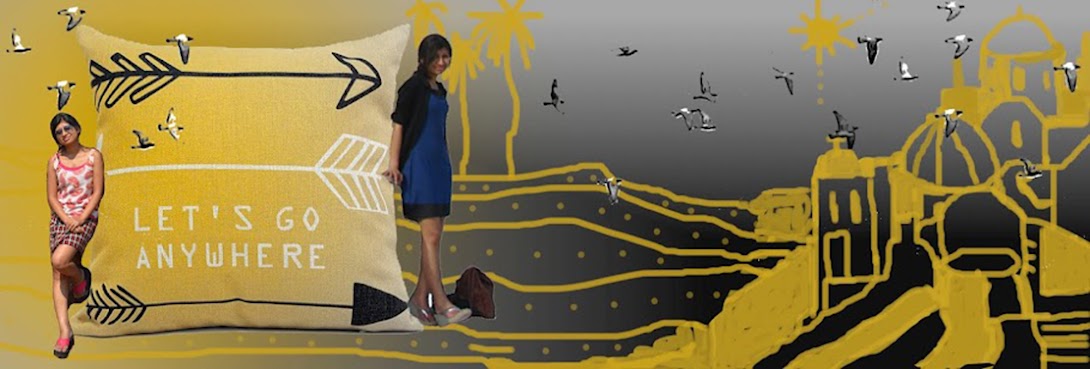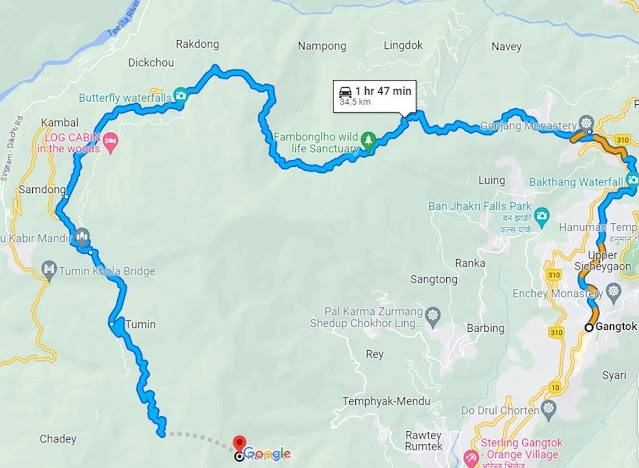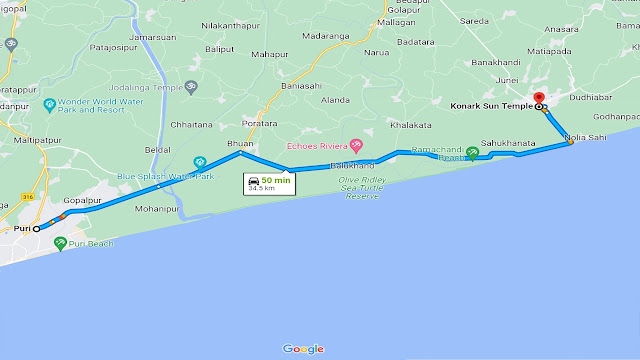We started our trip from Asansol, West Bengal. We were kids in school back then and every summer holiday my parents planned a road trip. That year in 1993, we decided to go to Odisha. On the way, we stopped by the famous terracotta temples of Bankura and Bishnupur in West Bengal. It took us about 2 hours to drive from Asansol to Bankura.
Terracotta temples as the name suggests are baked clay structures.
 |
| Source of base map: https://nbsslup.icar.gov.in/wp-content/uploads/2021/Publications/District_Reports/Bankura.pdf |
The Bishnupur area is rich in red laterite soil with a clayey texture. The terracotta temple architecture evolved in Bengal around the 15th - 16th century under the patronage of the Malla rulers
(interesting history of the Mallas) during the revival of the Vaisnavism / Krishna bhakti movement. The temples were built in different styles. Bengal temple architecture follows 8 distinct styles:
1. Chala (roof in Bangla): Curved roof style. The Chala style has different forms as well.
a. Dochala - two roofs
b. Char Chala - four roofs
c. Aath Chala - eight roofs
d. Baro Chala - twelve roofs
e. Jorbangla - Twin roofs
f. Ratnasaho jorbangla - Twin roofs with tower
2. Ratna (jewel/crown in Bangla): This style has domical pinnacles. The different forms of this style include:
a. Ek Ratna - one pinnacle
b. Panch Ratna - 5 pinnacles
c Nabo Ratna - 9 pinnacles
d. Ekadash Ratna - 11 pinnacles
e. Trayodosh Ratna - 13 pinnacles
f. Saptodash Ratna - Seventeen pinnacles
g. Ekush Ratna - Twenty one pinnacles
h. Panchish Ratna - Twenty five pinnacles
3. Dalan (Courtyard in Bangla): This style has a courtyard/s in the temples
4. Mancha (stage/ podium in Bangla): These temples were built in a gallery or podium style with a high-raised platform.
5. Matha (monastery in Bangla): The Matha temples were built on big complexes with various sections.
6. Mishro Riti (fusion): As the name suggests its a fusion of different styles
7. Nijoshyo Riti (Unique): Unique styles are not in line with any of the standard styles.
 |
| Different Styles of Bengal Temple Architecture Source: https://commons.wikimedia.org/wiki/File:Classification_of_Bengal_Temple_Architecture_12.jpg |
 |
Radha Lalji Temple - Ekratna style - Single pinnacle temple architecture
|
 |
| Ras Mancha Temple - Mancha style temple architecture It is one of the first art galleries in India. This Temple is built in brick, laterite stone, and terracotta art work. |
 |
| Jorbangla Temple - Chala with Ratna style temple architecture |
We stayed in Bankura for two days. From Bankura we headed to Chandipur. The Defence Research and Development Organisation (DRDO) Integrated Test Range (ITR) is located in Chandipur. Most missile launches in India are done from Chandipur ITR. Chandipur is also famous for its vanishing beach.
The vanishing beach of Chandipur is a unique occurrence due to high and ebb tides. It occurs every day a couple of times as per the moon cycle. During low ebb tide, the seawater recedes more than 5 km and is back during high tide. The beach is famous for horseshoe crabs as well. Horseshoe crabs are found in very few places Chandipur being the only one in India. These crabs are actually of the spider family and are not related to the crab family at all. They are a very important part of the coastal ecology. Their eggs are the main food source of coastal migratory birds.
.jpg)


From Chandipur we went to Cuttack. We stayed there overnight. The next day we headed for Bhubaneshwar. This temple city is the capital of Odisha State. This City is home to more than 700 temples. Most of these temples were built between the 8th-12th century and were influenced by Shaivism The architectural style prevalent in Odisha is the Kalinga Nagara Style. This style comprises of two distinct parts a curvilinear or flat tower called deul in Odiya and a walled hall called the Jagmohan in Odiya. The Kalinga Nagara style has three forms based on the type of the deul.
1. Rekha deul - In this style, the tower is tall and curvilinear with a pinnacle on top made of two parts called amalaka and kalasha.
2. Pidha deul - In this style the tower is not very tall and has a flatter stepped pyramidical pinnacle comprised of a ghanta and pidha.
3. Khakhara deul - Khakharu means gourd in Odiya and in this unique style the low tower pinnacle is elongated barrel-like or horizontally halved inverted gourd
 |
| The famous Lingaraj Temple - The rightmost tall tower is an example of rekha deul and the shorter pyramid like structure next to the rekha deul is an example of pidha deul. |
 |
| Aerial view of Lingaraj temple |
 |
| The Vaithala temple is an example of Khakhara deul style |
Other than the Shiva temples, Bhubaneshwar has many temples and monuments built by Jains and Buddhists. Khandagiri and Udaigiri are famous Jain caves. There are a total of 33 caves that were used as abodes for Jain monks. There is also a Buddhist shanti stupa on Dhauligiri mountain. The foundation of this pagoda was laid by the Great Emperor Ashok at the end of the Kalinga war.
 |
| Aerial view of Khandagiri (left) and Udaigiri (right) |
 |
| Picture source: https://www.toursorissa.com/monuments-in-odisha/udayagiri-khandagiri-caves-bhubaneswar/ |
Bhubaneshwar also has a large zoological park called Nandankanan which is home to white tigers and lions among other animals. We stayed in Bhubaneshwar for two days and then drove down to Puri.

Puri is a coastal city. It's famous for the holy Jagannath temple and the coastal beaches. Puri is considered one of the four holiest pilgrimage destinations or Dhamas in India. Staunch Hindus believe that visiting the four dhamas in one's life will help achieve moksha/nirvana. The four Dhamas represent the four great epochs noted in early Hindu texts. These epochs were defined by the way dharama changed over the years. According to Hindu texts, Dharma (duty) of a human being is comprised of four elements - a. Satya (truth), b. Gyan (knowledge) c. Niti (morality) and d. Daan (sacrifice). The satyug marked the age where humans embodied all four elements of dharma. Satyug was followed by treta yug where satya was no more a distinct part of dharma because humans learned to lie. Treta yug was followed by Dwapar yug which saw the end of gyan because humans started becoming ignorant. Finally came the Kaliyug when dharma was left only with Daan because humans let go of morality as well. Dhama of Satyug (the age of truth which lasted for four thousand years) is Badrinath, Uttarakhand. Dhama of Tretayug (which symbolizes the three legs or triads of morality and lasted for three thousand years) is in Rameshwaram, Tamil Nadu. Dhama of Dwaparyug (The age of the two which lasted for two thousand years) is in Dwarka, Gujarat. The fourth dhama of Kaliyug (The age of darkness which lasted for one thousand years) is Puri, Odisha.
 |
| Pic source: From the web https://velivada.com/2017/07/11/quislings-jagannath-temple-puri/ (since my old photos file got corrupted) |
The Jagannath temple is considered one of the holiest temples in India and is dedicated to Lord Jagannath another form of Lord Krishna (incarnation of Lord Vishnu), his sister, Subhadra, and his brother, Balbhadra. This temple was built in the 12th century by King Anata Varman Chodaganga Deva. This temple is also built in the Kalinga Nagara style.
We stayed in Puri for 5 days of which one day we visited Konark and one day we visited the Chilika lake.
Konark is famous for the Konark Sun temple. As the name suggests this temple is dedicated to Sun God and is built in the form of a chariot with 24 wheels led by 6 horses. This temple is an example of the Pidha deula form of Kalinga Nagara Tstyle architecture. This temple was built in the 13th Century by King Narasimhadeva 1.
 |
| Aerial view of Konark Sun Temple |
 |
| Picture source: Web (https://zeenews.india.com/india/konark-sun-temple-purana-quila-among-100-asi-sites-to-be-lit-up-bear-g20-logo-as-india-assumes-its-presidency-2542188.html) |
The Chilika lake is considered the largest saltwater lagoon lake in Asia. It is most famous for the Irrawady Dolphins, migratory birds including flamingos, and many varieties of fishes. Chilika prawns and lobsters are very famous. It is UNESCO heritage site because of its biodiversity and is home to many rare, endangered, and threatened species of birds and aquatic animals, and fishes like the green sea turtles, Irrawaddy dolphins, and limbless skinks among many others.

|
| Photo source: The Web (https://www.ndtv.com/offbeat/navin-patnaik-shares-mesmerising-photos-of-chilika-lake-in-odisha-3458916)
|
From Puri, we headed back to Asansol with a stopover midway.


























.jpg)













